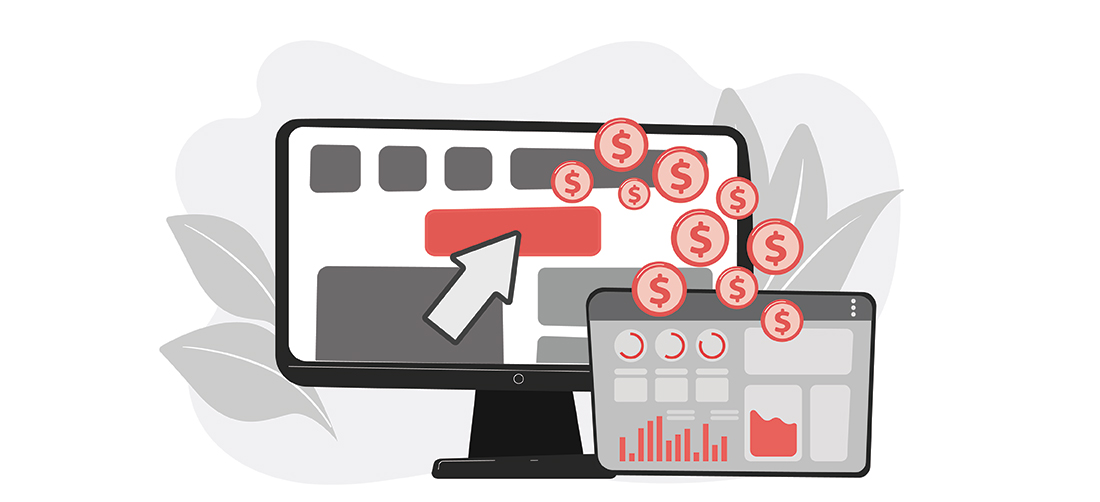Table Of Content
- 1. Introduction
- 2. How CPC Works?
- 2.1. The Bidding Process
- 2.2. Calculating CPC
- 2.3. CPC vs. Other Pricing Models
- 3. Benefits of Using CPC
- 3.1. Cost-Effective Advertising
- 3.2. Precise Budget Control
- 3.3. Measurable Results
- 4. Challenges of CPC
- 4.1. Click Fraud
- 4.2. Competitive Bidding
- 4.3. Quality Score Impact
- 5. Strategies for Optimizing CPC (Explain)
- 5.1. Keyword Research
- 5.2. Ad Quality Improvement
- 5.3. Targeting the Right Audience
- 6. Conclusion
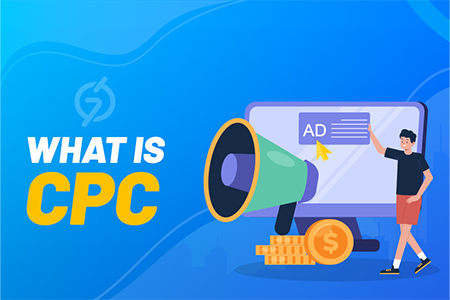
These days advertising is more about strategy than just spending money. One of the most widely used pricing models for online advertising is CPC or Cost Per Click. But you must be wondering what is CPC, and why does it matter so much to advertisers?
Introduction
What is CPC? Cost Per Click, is the amount an advertiser pays each time someone clicks on their ad. So, every time you click on something or any advertisement, someone is making money out of it!
It’s a crucial metric in online advertising as it helps businesses control costs, measure performance, and target their ideal audience. Whether you’re a small business owner or a seasoned marketer, understanding CPC can help you make the most of your ad budget and achieve better results.
How CPC Works?

At its core, CPC (Cost Per Click) is a performance-driven advertising model where advertisers pay only when their ad is clicked, not merely for being displayed. This pricing structure ensures that advertisers are charged for actual engagement rather than passive impressions, making CPC a highly efficient way to manage ad budgets and generate measurable results. To fully understand how CPC works, let’s break it down into its core components and processes.
The Foundation of CPC: User Engagement
Unlike CPM (Cost Per Thousand Impressions), which charges advertisers based on the number of times an ad is displayed, CPC ensures that advertisers only pay when users actively engage by clicking on the ad. This focus on engagement makes it particularly valuable for campaigns aiming to drive website traffic, lead generation, or online purchases.
For example, imagine you’re running a Google Ads campaign to promote a new product. With CPC, you’re only charged when someone clicks on your ad to learn more or make a purchase. This means your budget is directly tied to the actions of interested users, maximizing the return on every dollar spent.
The Bidding Process
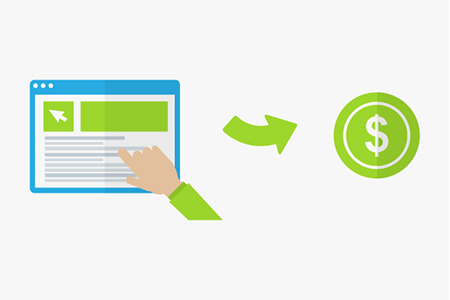
The foundation of CPC lies in the bidding process. Here’s how it works:
- Advertisers bid on specific keywords related to their products or services.
- These keywords are associated with search terms users are likely to type into search engines or platforms.
- The highest bidder typically gets their ad displayed at the most prominent position, but factors like ad quality and relevance also play a significant role.
Calculating CPC
To determine CPC, divide the total cost of clicks by the total number of clicks. Here’s the formula:
CPC = Total Cost of Clicks ÷ Total Number of Clicks
For example, if you spend $100 on an ad campaign and receive 50 clicks, your CPC would be $2.
Here’s an easy way to visualize this calculation:

Wondering how to calculate CPC?
Follow this simple formula.
Formula to calculate CPC (Cost Per Click)
Find out what each click costs!
Total amount spent
CPC = ——————————-
Total measured clicks
Total amount spent means the amount of money used on a marketing activity or ongoing campaign and, total measured click refers to the number of times it has been clicked.
CPC vs. Other Pricing Models
It’s important to understand how CPC compares with other common pricing models like CPM and CPA:
CPM (Cost Per Thousand Impressions): You pay for every 1,000 views or impressions, regardless of clicks. CPM focuses on visibility rather than engagement.
CPA (Cost Per Acquisition): You pay only when a user completes a specific action, like making a purchase or signing up. CPA is more result-oriented but can be expensive.
CPC: Prioritizes user engagement by focusing solely on clicks, making it a middle ground between CPM and CPA.
Benefits of Using CPC
CPC is a powerful tool for advertisers who want precise control over their spending and measurable results. By focusing on user engagement, CPC ensures that every dollar is spent on reaching an audience that’s actively interested in your offering. Combined with a solid understanding of what is CTC, advertisers can create more effective campaigns that drive clicks and meaningful conversions.
Whether you’re new to online advertising or looking to optimize your campaigns, CPC offers a strategic approach to achieving your goals while staying within budget. Let’s go through the benefits of CTC in detail for a better understanding.
1. Cost-Effective Advertising

CPC ensures that you’re only paying for actual engagement. Unlike CPM, where you might spend on impressions that don’t lead to clicks, CPC lets you invest in potential customers who are genuinely interested in your offering.
2. Precise Budget Control
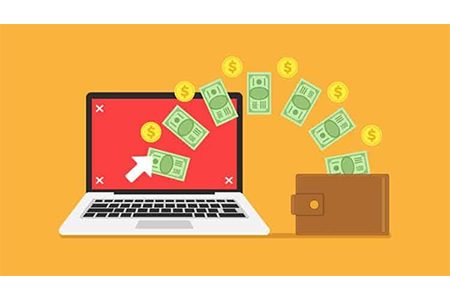
With CPC, advertisers can set daily or monthly budgets, ensuring they never overspend. If you’re a small business with a limited budget, this model provides a predictable and manageable way to advertise.
3. Measurable Results

CPC is inherently performance-driven, allowing advertisers to track metrics like click-through rates (CTR), conversions, and ROI. This transparency helps businesses refine their strategies and achieve better outcomes.
Challenges of CPC
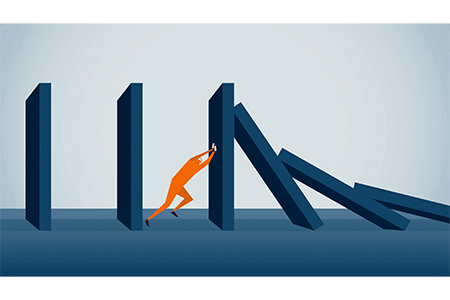
While Cost Per Click (CPC) is an effective advertising model, it comes with its own set of challenges that advertisers must navigate to optimize their campaigns. Below, we explore three significant challenges—click fraud, competitive bidding, and quality score impact—in detail, along with examples to illustrate their effects and potential solutions.
1. Click Fraud
Click fraud refers to the generation of fraudulent clicks on pay-per-click (PPC) ads by bots, malicious users, or even competitors. These fake clicks increase costs for advertisers without contributing to genuine engagement or conversions.
How Click Fraud Happens, let’s have a closer look to that.
Competitor Actions: A competitor may click on your ads repeatedly to exhaust your ad budget, preventing your ad from being displayed to actual potential customers.
Automated Bots: Bots programmed to mimic user behavior can click on ads indiscriminately, inflating click numbers artificially.
Click Farms: Groups of individuals paid to click on ads without any interest in the product or service can also contribute to click fraud.
Impact of Click Fraud:
Increased Costs: Every fake click drains your ad budget without generating any return on investment (ROI).
Skewed Analytics: Fraudulent clicks distort campaign data, making it harder to evaluate performance accurately.
Wasted Opportunities: With a limited budget, fake clicks can prevent your ad from being displayed to genuine users.
Example:
Imagine a small e-commerce business selling handmade candles. They allocate $500 for a Google Ads campaign targeting the keyword “buy scented candles.” Within a day, they notice 200 clicks on their ad but no sales or website engagement. Upon investigation, they discover that 50% of these clicks originated from a single IP address, indicating potential click fraud.
2. Competitive Bidding
In highly competitive industries, popular keywords attract numerous advertisers, driving up bids and increasing CPC. For smaller businesses with limited budgets, this can make it difficult to compete effectively.
Why Competitive Bidding Happens:
Keyword Popularity: Keywords with high commercial intent (e.g., “buy,” “best,” or “top-rated”) are in high demand.
Large Advertiser Budgets: Big companies with larger budgets can afford higher bids, often dominating ad placements.
Market Saturation: In niches with many advertisers, even mid-range keywords can become expensive.
Impact of Competitive Bidding:
Higher Costs: Increased competition leads to higher CPCs, straining smaller budgets.
Limited Visibility: Smaller advertisers may lose out on prime ad placements to bigger competitors.
Example:
A small travel agency running a campaign for “affordable honeymoon packages” finds that larger travel platforms like Expedia and Booking.com dominate the keyword. With a CPC of $15, the small agency struggles to sustain its campaign compared to competitors with deeper pockets.
3. Quality Score Impact
Platforms like Google Ads assign a Quality Score to every ad, which measures its relevance, click-through rate (CTR), and landing page quality. This score directly affects the CPC, with higher scores leading to lower costs and better ad placements. Conversely, low scores result in higher CPCs, even for competitive bids.
Factors Affecting Quality Score:
Relevance: The alignment between the keyword, ad copy, and landing page.
CTR History: A high CTR indicates that users find the ad relevant and engaging.
Landing Page Experience: Pages must be user-friendly, fast-loading, and aligned with the ad’s promise.
Impact of Low Quality Score:
Higher CPC: A low score increases the minimum bid required to display an ad.
Poor Ad Placement: Ads with low scores are shown less frequently or in lower positions.
Reduced ROI: Higher costs with lower visibility hurt overall campaign performance.
Example:
A fitness brand bidding on the keyword “best protein powder” creates an ad with generic copy and directs users to a homepage instead of a specific product page. Despite a high bid of $5, the ad receives a low Quality Score due to poor relevance, resulting in a CPC of $7, making the campaign inefficient.
While challenges like click fraud, competitive bidding, and Quality Score impact can complicate CPC campaigns, understanding and addressing these issues can help advertisers make the most of their budgets. By staying vigilant and employing smart strategies, advertisers can overcome these hurdles to create cost-effective and successful campaigns.
Strategies for Optimizing CPC (Explain)
1. Keyword Research
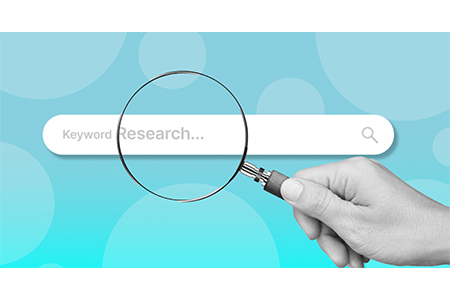
Invest time in finding the right keywords. Use tools like Google Keyword Planner to identify terms that balance high search volume with low competition. Consider long-tail keywords for more targeted and cost-effective results.
2. Ad Quality Improvement
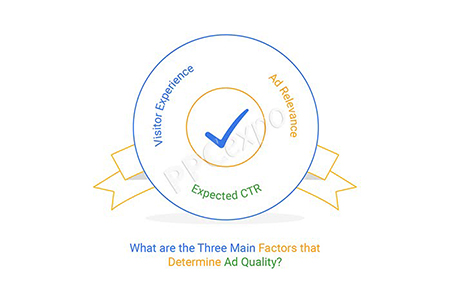
Improve your ad copy and visuals to make them more compelling and relevant to your target audience. A higher Quality Score can reduce your CPC and improve your ad’s performance.
3. Targeting the Right Audience
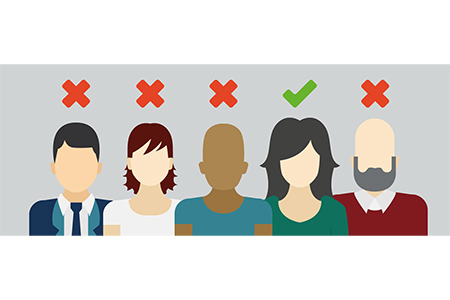
Leverage audience segmentation to target specific demographics, interests, and behaviors. Platforms like Facebook and Google Ads allow you to define your audience narrowly, ensuring that your ads reach people most likely to engage with them.
Conclusion
CPC is more than just a pricing model; it’s a strategic tool that empowers advertisers to control costs, target audiences effectively, and measure success. While challenges like click fraud and competitive bidding exist, a well-optimized CPC campaign can deliver outstanding results.
In a digital advertising world where every click counts, CPC remains a cornerstone of online advertising. By understanding its nuances and implementing smart strategies, businesses can achieve goals.
You can partner with the experts at Excellent Publicity, a leading advertising agency, for campaigns that work magic for your brand.
Contact us to learn more about our advertising services.
FAQs
CPC, or Cost Per Click, is the amount an advertiser pays each time someone clicks on their ad. It’s a pricing model that focuses on engagement and performance.
CPC is calculated by dividing the total cost of clicks by the total number of clicks received. Formula: CPC = Total Cost of Clicks ÷ Total Number of Clicks.
CPC offers cost-effective advertising, precise budget control, and measurable results, making it an ideal choice for performance-driven campaigns.
Common challenges include click fraud, competitive bidding, and the impact of low-quality scores on CPC rates.
CPC focuses on clicks and engagement, while CPM prioritizes visibility (impressions), and CPA is result-oriented, charging advertisers only when a specific action is completed.


